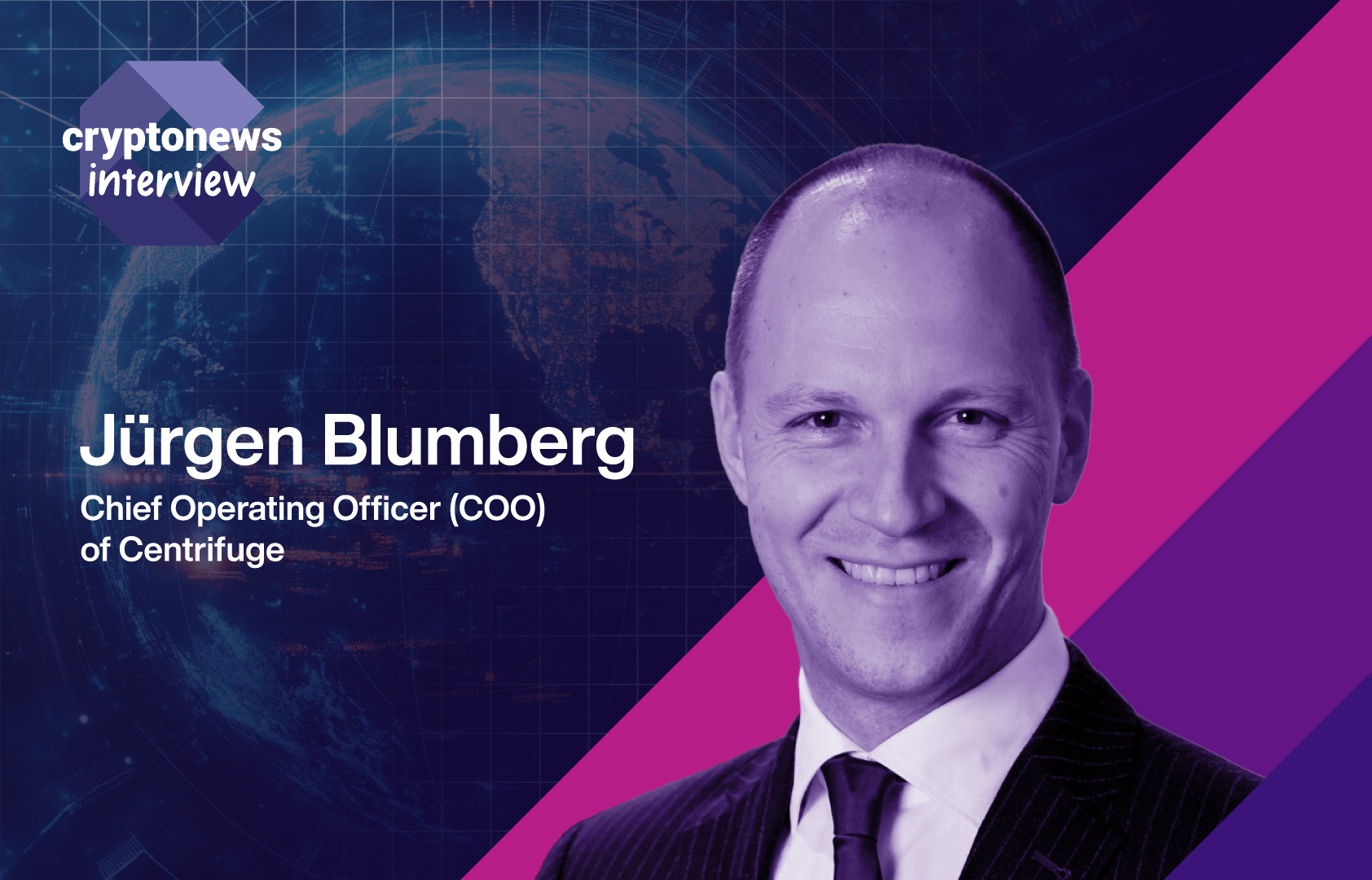Eden Network announces official closure and launch of EDEN token buyback
2025/08/13 13:26
PANews reported on August 13th that Eden Network has decided to cease operations, with its Eden RPC, Eden Bundles, and Mempool Stream products discontinued effective immediately. Users are advised to switch to alternatives such as Flashbots Protect and Blocknative Mempool Explorer. Eden Network will launch a buyback program for EDEN tokens at a fixed exchange rate of 0.00001506 ETH/EDEN, with a total buyback of 2,000 ETH. Limited to the approximately 133 million EDEN currently in circulation, the buyback window will close at 23:59 UTC on September 30th. US users are not eligible to participate in this buyback.
Disclaimer: The articles reposted on this site are sourced from public platforms and are provided for informational purposes only. They do not necessarily reflect the views of MEXC. All rights remain with the original authors. If you believe any content infringes on third-party rights, please contact service@support.mexc.com for removal. MEXC makes no guarantees regarding the accuracy, completeness, or timeliness of the content and is not responsible for any actions taken based on the information provided. The content does not constitute financial, legal, or other professional advice, nor should it be considered a recommendation or endorsement by MEXC.
You May Also Like

Centrifuge COO Jürgen Blumberg: “DeFi Is Having Its ETF Moment”
After more than two decades scaling exchange-traded funds (ETFs) and capital markets businesses at Goldman Sachs, Invesco, and BlackRock, Jürgen Blumberg has joined Centrifuge as chief operating officer. Centrifuge is a DeFi platform for tokenizing real-world assets (RWAs) and using them as collateral in decentralized lending. Blumberg believes the decentralized finance sector is now experiencing a turning point—one that mirrors the transformative rise of ETFs in traditional finance. From ETFs to DeFi Disruption Asked why he chose this moment to leave traditional finance for DeFi, Blumberg frames it in the context of what he calls the industry’s “ETF moment.” He sees clear parallels between the early skepticism around ETFs and the current perceptions of DeFi, noting that both began as disruptive innovations challenging entrenched systems. “I was always fascinated by the markets—how order books work, how instruments exchange on different venues,” Blumberg says. “The first five years of my career were in trading, and then I moved into my first ETF role. Even back then, I was convinced ETFs would replace mutual funds. It took 15 years, but now ETFs as a category are bigger than mutual funds.” He sees parallels between ETFs’ early days and the current DeFi sector : “ETFs were a new technology in traditional finance. Today, DeFi is a completely new ecosystem aiming to disrupt, offering solutions to the cost, time, and access limitations of traditional products. In DeFi, everybody can access markets—24/7.” Clearing Misconceptions About DeFi Blumberg explains that many in traditional finance view DeFi as volatile or risky, but that perception overlooks its structural advantages. “Those who take the time to understand DeFi will see it’s similar to traditional finance—just with different terminology. TVL is the same as AUM, liquidity pools are like exchanges, and derivatives exist on both sides. It’s a fascinating world with the power to disrupt how things are done today.” Tokenization: Not All Tokens Are Equal Recalling an old ETF industry saying—“not every ETF is created equal”—Blumberg applies it to tokenization. The phrase means that while all ETFs fall under the same general category, their structure, risk profile, and quality can vary. “There are tokens that are derivative structures and not fully backed by the underlying asset. Then there are fund tokens, like ours, that are fully backed, giving holders direct access to the assets. Just because something is called a token doesn’t mean it carries the same structure or risk.” Global Regulatory Competition and Centrifuge’s Growth Blumberg also sees regulatory momentum happening worldwide. “At the moment, progress is coming from the U.S. But Europe is moving forward too—Luxembourg is making progress, the EU has MiCA , and many ETP issuers choose Switzerland as their domicile. In Asia, Hong Kong and Singapore are advancing in certain areas. There’s a global competition to attract the smartest ideas and allow controlled innovation.” Centrifuge, he adds, is on the cusp of major progress. “We’re approaching the $1 billion TVL mark. With partnerships such as S&P and others we’ll soon announce, we’re well positioned to keep growing.” ONE. BILLION. DOLLARS. TVL.🔥 The flywheel is spinning. We've been heads down building since 2017, and now our onchain ecosystem has hit its first billion. The first billy was the hardest. The next ones are inevitable. 🚀 Onwards and upwards!!! pic.twitter.com/Ip4pq0qDzY — Centrifuge (@centrifuge) August 12, 2025 For Blumberg, the decisive reason to leave the security of large financial institutions was his conviction that the most meaningful innovation in the next decade will come from startups, not incumbents.
Share
CryptoNews2025/08/14 00:07

Coinbase partners with Squads to accelerate USDC adoption on Solana
Coinbase is teaming up with Squads to bolster the adoption of the USDC stablecoin on the Solana blockchain. Squads, a decentralized finance layer on Solana (SOL), announced the strategic partnership with Coinbase on Aug. 13, noting the collaboration aims at…
Share
Crypto.news2025/08/14 02:02

3 key reasons Cardano could hit new highs in 2025, and 1 other coin to watch closely
Cardano gains momentum as ADA builds quietly, while another under-the-radar project heats up for a potential breakout. #partnercontent
Share
Crypto.news2025/08/14 01:50